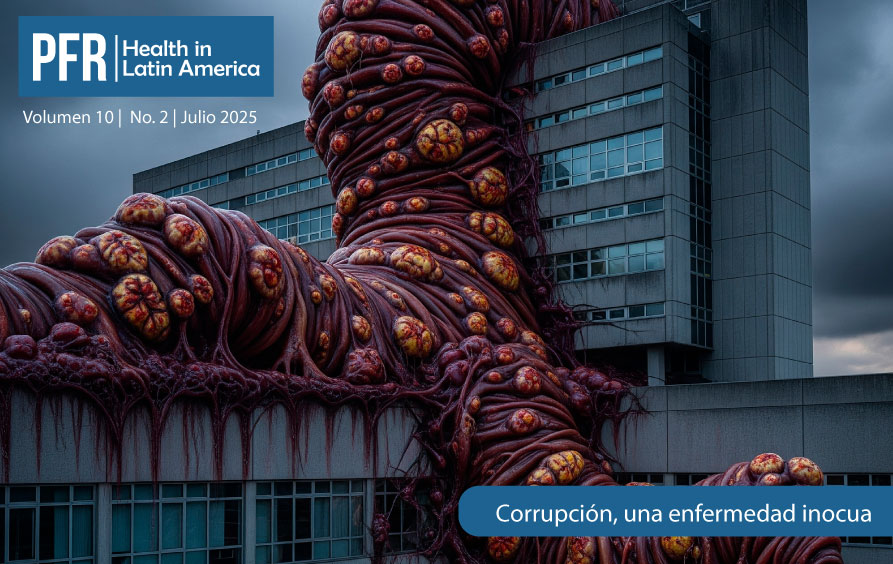Advances in labor toxicology in the hospital sphere: new tools for the protection of health personnel
DOI:
https://doi.org/10.16921/pfr.v10i2.382Keywords:
occupational toxicology; occupational risk; biological surveillance; protocol; safetyAbstract
This review examines recent advancements in occupational toxicology within hospital settings, focusing on new tools for healthcare worker protection. Healthcare professionals face significant risks from hazardous chemical exposure, including antineoplastic drugs, anesthetic gases, and cleaning products, leading to adverse health effects such as cancer, reproductive issues, and respiratory illnesses. Recent innovations in environmental and biological monitoring, like portable sensors and emerging biomarkers, enhance early detection and risk assessment. Improved engineering controls, such as advanced biosafety cabinets and closed-system drug-transfer devices, along with enhanced personal protective equipment, provide better containment. Furthermore, updated regulatory frameworks from organizations like NIOSH and USP, coupled with robust training programs utilizing simulation and extended reality, are crucial for fostering a proactive safety culture. Integrating occupational toxicology expertise and strong institutional leadership are essential to ensure safer and more resilient healthcare environments.






